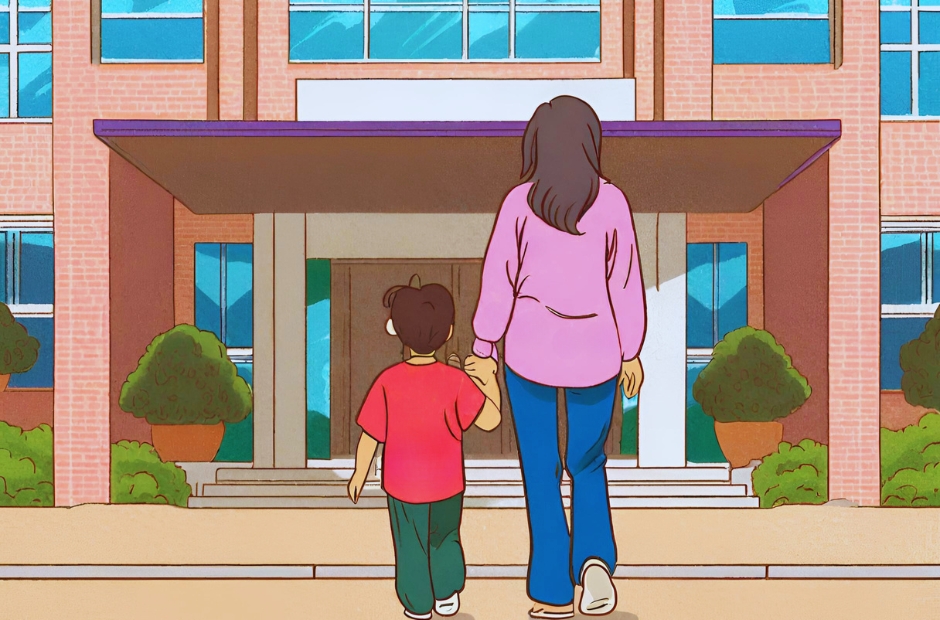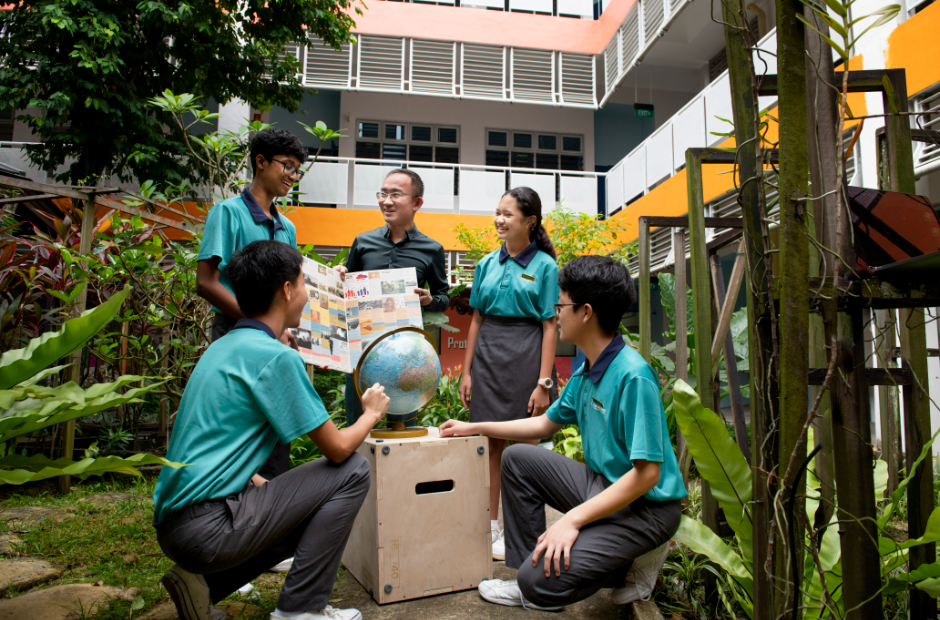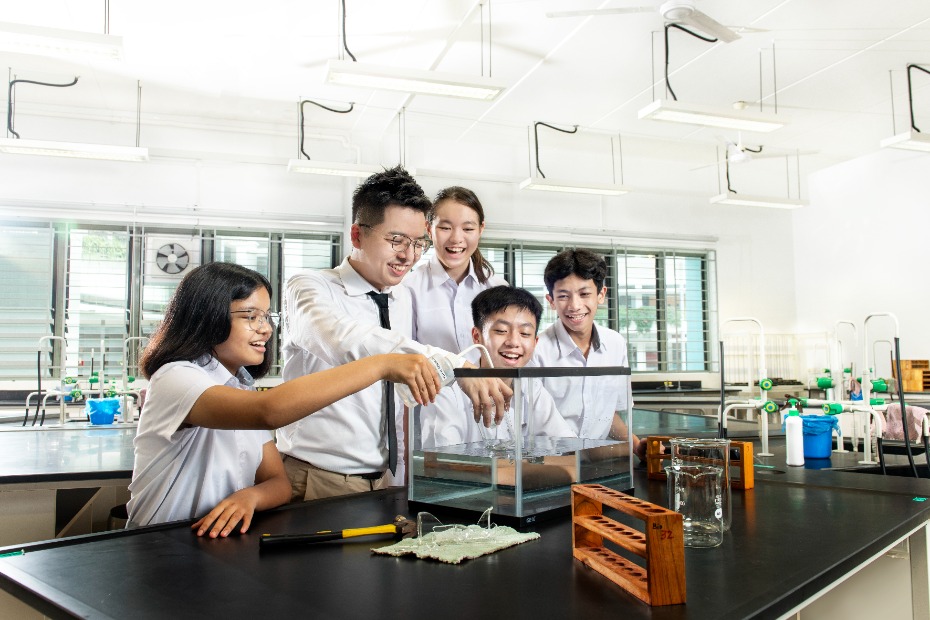Inter-connectedness through Integrated Humanities
22 Feb 2008

Miss Karen Chao uses a diverse range of history and geography resources to teach Integrated Humanities.
At St Margaret’s Secondary School, if you can’t find History and Geography in your daughter’s timetable, don’t worry. While History and Geography are still part of the school syllabus, the two subjects have been taught as one subject called Integrated Humanities (IH) at the school since 2005.
“IH aims to enable students to make the connection between what they study and what’s happening in the real world,” explains Andrew Anthony, Senior Teacher for Curriculum Matters. He was part of the core team that created the IH platform for the Sec 1 and 2 levels at the school.
“We applied the shared model approach by looking for common elements between the two subjects – similar themes, skills, assessments, as well as overlapping concepts and ideas,” elaborates Mr Anthony. “But where topics are distinct to each subject, we teach them as such. For example, map teaching is peculiar to Geography, and the structure of government is very much History-biased, so we don’t try to link these topics together when we teach.”
“As a Teach Less, Learn More prototype school, we have more flexibility to incorporate the MOE-suggested topics with what we want for our school,” Mr Anthony points out. “Teaching about the haze in Singapore, for example, lends itself well to IH. The History element includes when the haze started and traces the actions that have been taken by various countries to prevent it. The Geography element involves an exploration of why there is haze, and its impact on the environment and on us.”

Sec 2 students enjoy the interconnectedness of their school subjects, and how textbook knowledge is applicable to real life.
The IH model has been well received by the students at St Margaret’s, says Mr Anthony. “The students look forward to the student-oriented, activities-based lessons. They often list the ability to look at things from different perspectives as an important skill they’ve picked up from IH. They also say that such an approach in Sec 1 and 2 prepares them for Combined Humanities.” Combined Humanities is a compulsory subject in upper secondary. It comprises two components – Social Studies, which is a mix of History, Geography, Sociology and Economics, and the Literature, History or Geography Elective subjects.
“All our teachers are trained in the use of Understanding by Design, which is a curriculum redesign tool,” says Mr Anthony. “Progressively, every department is working towards our Core Learning Framework, which is a combination of PETALS™ and the most relevant principles of Understanding by Design.” PETALS™: The Teacher’s Toolbox is a teaching kit developed by MOE in collaboration with schools. It illustrates how teachers plan and deliver their lessons to bring about engaged learning.
The current Sec 4 cohort at St Margaret’s Secondary School was the first batch of students who were taught using the integrated approach in 2005. This initiative has proven so successful that it will be extended to all subjects and levels by 2009, under the school’s Core Learning Framework.
For more information on PETALS™: The Teacher’s Toolbox, read the MOE press release, “More Support for Schools’ ‘Teach Less, Learn More’ Initiatives”.




.jpg)
